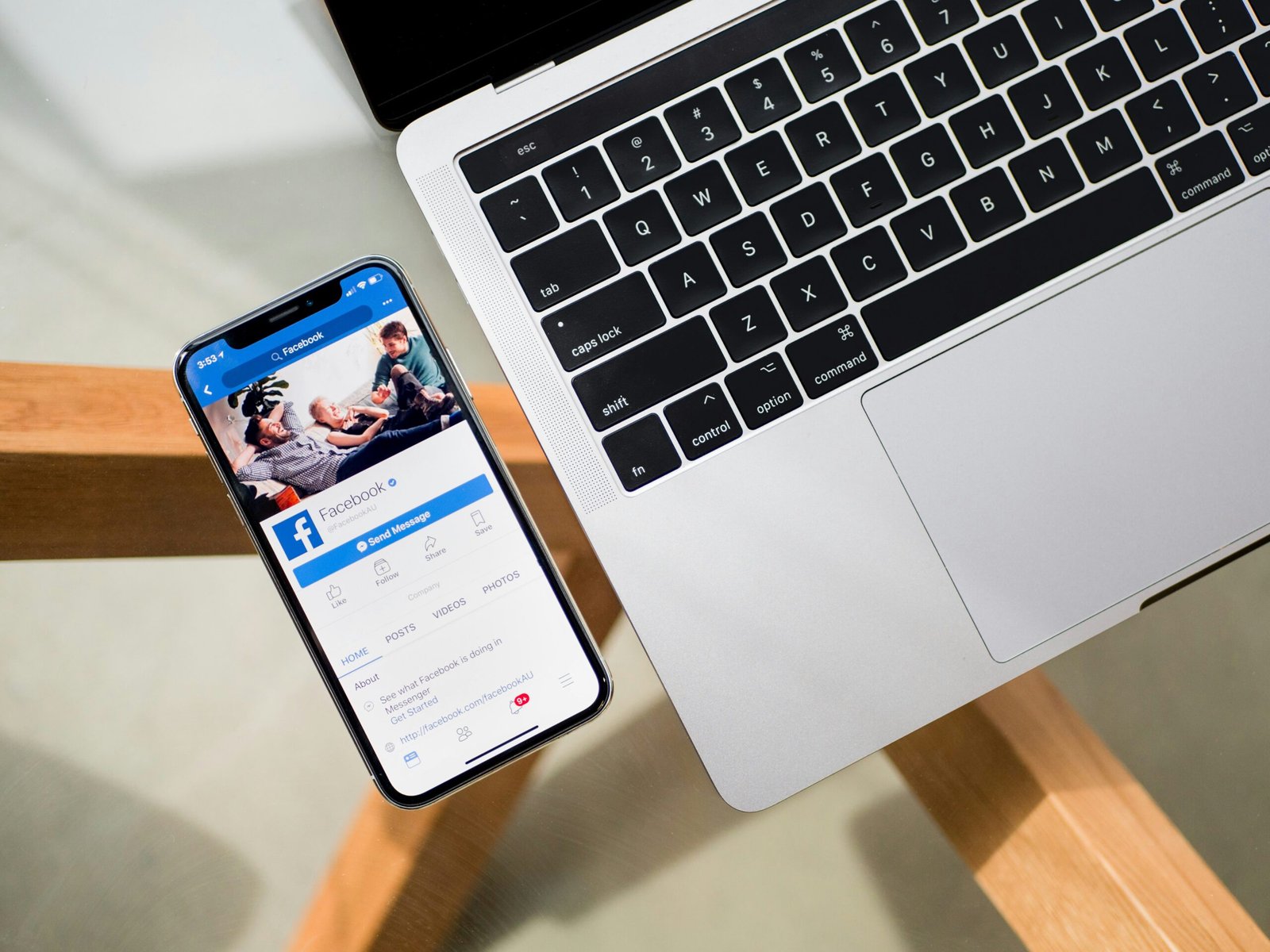Understanding the Outages: Causes and Timeline
The outages affecting Facebook, WhatsApp, and Instagram have become significant events in the landscape of social media, drawing widespread attention from both users and the media. These disruptions have raised questions about the stability and reliability of these platforms owned by Meta. Notably, on October 4, 2021, a major outage lasted nearly six hours, causing users to report issues with the core functionalities across these services. A myriad of users turned to Downdetector to check if the services were down, with the terms “Facebook down,” “Instagram down,” and “WhatsApp down” trending across multiple platforms.
The timeline of these outages often reveals a pattern. Issues typically begin with intermittent access, where users experience sporadic connectivity before the services become entirely inaccessible. In the case of the aforementioned outage, users reported problems beginning around 11:30 AM ET, with the implications resonating globally, as billions rely on these applications for communication and connection. While many users sought answers on forums and social media, an official acknowledgment came hours later from Meta, confirming the outage as a result of a faulty configuration change compounded by server misconfigurations.
Other outages have also been reported, notably the service disruptions during a software update or technical maintenance, which can lead to cascading problems across multiple services like Facebook login. External factors, such as cyberattacks, have also been suspected in rare instances, raising concerns about the vulnerabilities faced by major platforms. Instances of “WhatsApp not working” or “is WhatsApp down in Pakistan” have shown that these outages can have a localized impact, affecting communities differently based on their reliance on these services. As users instinctively turn to social media to inquire, “is Instagram down?They indicate an increasing reliance on these platforms for communication and the exchange of information.
User Reactions and Social Media Backlash
The recent outages experienced by major social media platforms such as Facebook, Instagram, and WhatsApp have sparked a variety of reactions from users, producing a rich tapestry of sentiment that can be observed across different online spaces. When Facebook was down, particularly concerning was the immediate response of individuals turning to Twitter to voice their frustrations. Users flooded the platform with memes, posts, and hashtags questioning the stability and reliability of these social media giants. Queries like “Is Facebook down?” and “Is Instagram down?It gained traction on Twitter, highlighting widespread dissatisfaction and concern over the communication and connectivity features these services are supposed to provide.
Moreover, the discourse surrounding the outages provided fertile ground for humor, as many users shared memes capturing their angst over the temporary disconnection from their social networks. The phrase “WhatsApp down” was commonly utilized in these humorous posts, exemplifying a shared understanding of the social media ecosystem’s fragility. Public figures also joined the conversation, offering commentary that ranged from witty remarks to more serious critiques about the dependencies placed on these platforms.
Brands, too, had to navigate the situation delicately, with many opting to post lighthearted messages acknowledging the service disruptions while others took the opportunity to engage in customer outreach on alternative platforms. This incident exposed not only the cultural reliance on Facebook, Instagram, and WhatsApp but also illustrated how quickly users can react when faced with unexpected outages. The collective online response emphasizes the significance of these platforms in daily life, and ultimately it serves as a reminder of our intricate connections within the social media landscape.

Business Implications: How Downtime Affects Companies
The recent outages experienced by major platforms such as Facebook, WhatsApp, and Instagram have underscored the critical importance of these services for businesses worldwide. Companies that rely heavily on these networks for marketing, customer engagement, and services have faced significant economic ramifications during periods of downtime. Case studies demonstrate that the effects of disruptions can range from minor inconveniences to severe financial distress, especially for those whose operational models are deeply intertwined with these platforms.
One notable instance involved a major retail brand that utilizes Instagram for product promotion and customer interaction. During a temporary outage categorized as “Instagram down,” the brand reported a marked decline in sales, attributed to reduced visibility and engagement on social media. The impact on their marketing campaigns was substantial, leading to a revision of their content strategies. In reaction to these outages, many businesses turned to alternative platforms to maintain customer engagement, with some even investing in their websites and email marketing campaigns to mitigate future risks.
The increased reliance on platforms like Facebook and WhatsApp has revealed vulnerabilities that companies may not have considered before. As companies reevaluate their social media strategies, the implications of frequently occurring outages become evident. Businesses are prompted to explore multi-channel approaches that do not depend solely on one platform. For instance, firms might consider diversifying their communication methods by incorporating direct communication channels like SMS or leveraging other social media alternatives, which can serve as backups during downtimes.
Moreover, the economic impact of outages has led companies to reassess their overall digital marketing strategies. As organizations recognize that “WhatsApp down” or “Facebook down” situations can disrupt operations, they may invest more resources into building robust crisis management plans to ensure continuity. Hence, it is not just about what happens in the moment but understanding the long-term implications of vulnerability in social media strategies.
The Future of Social Media: Lessons Learned
The recent outages experienced across Facebook, WhatsApp, and Instagram have served as critical reminders of the vulnerabilities inherent in our digital interactions. As users increasingly rely on these platforms for both personal communication and business operations, the importance of diversifying social media engagement has become evident. Relying solely on one or two dominant platforms can leave users and businesses exposed during an outage; hence, exploring alternative avenues for communication is essential. This may involve embracing emerging platforms that offer similar functionalities, thereby ensuring continuity in communication regardless of any temporary shutdowns.

